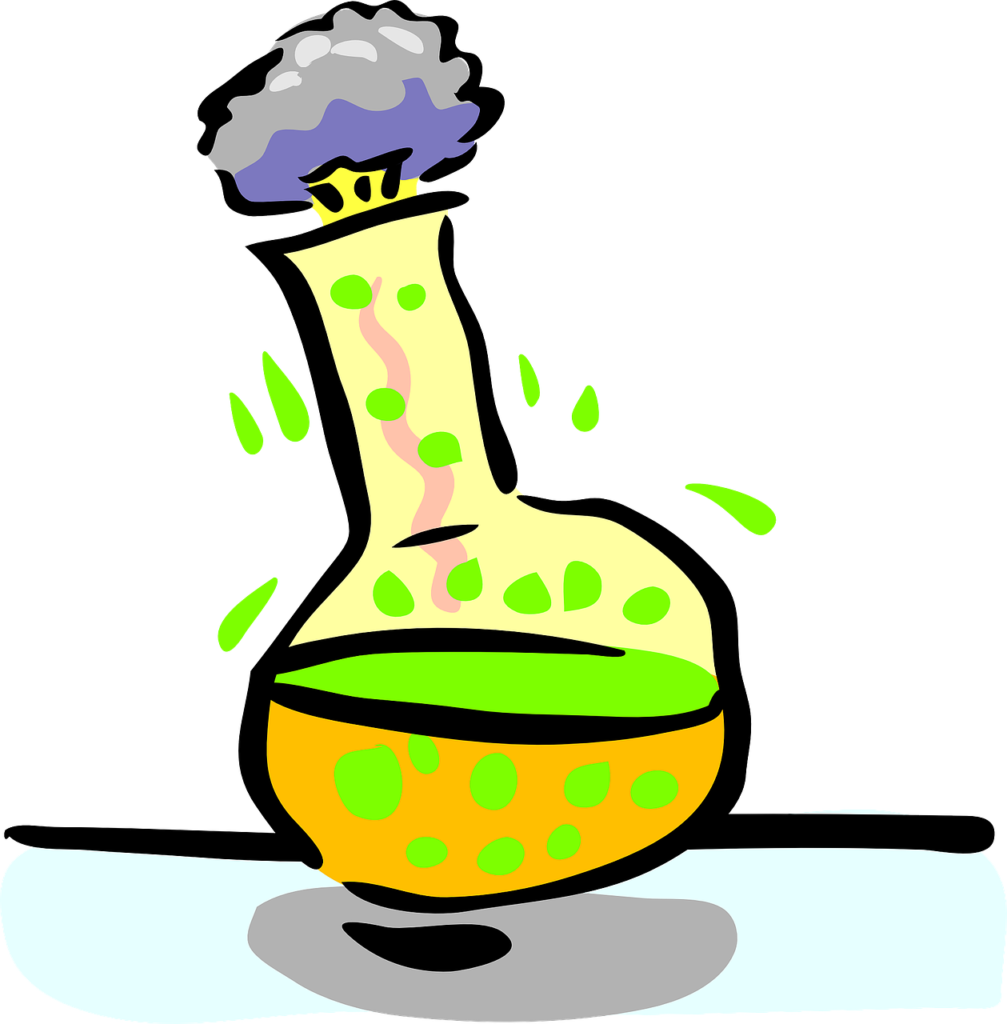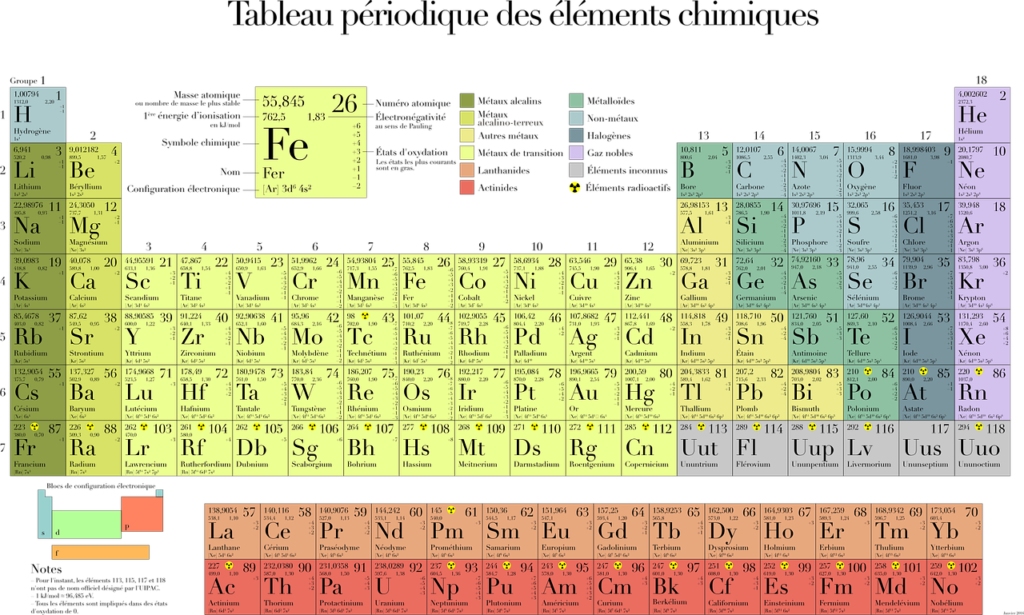Stoichiometry is the branch of chemistry that deals with the quantitative relationships between the reactants and products in a chemical reaction. It is derived from the Greek words “stoicheion” (element) and “metron” (measure), stoichiometry provides a outline for predicting how much of each substance is needed or produced in a reaction.

Importance of Stoichiometry :-
Stoichiometry plays a crucial role in various applications, from laboratory experiments to industrial chemical processes. It allows chemists to:
1.Predict the amounts of products formed:
By understanding the mole ratios in a balanced equation, chemists can determine the precise quantity of products that will result from specific quantities of reactants.
2. Calculate reactant amounts:-
In any given chemical process, stoichiometry helps to figure out how much of a reactant is required to produce a desired quantity of a product.
3. Optimize reactions:-
Stoichiometric calculations help minimise waste by ensuring that reactants are used in their correct proportions.
4. Analyze limiting and excess reagents:-
Stoichiometry helps identify the limiting reactant (the one that gets used up first, stopping the reaction) and the excess reagent (which remains after the reaction).
Basic Concepts in Stoichiometry
1.Mole Concept: A mole represents 6.022×1023 entities of a substance (Avogadro’s number). It is a fundamental unit in stoichiometry for counting particles, atoms, ions, or molecules in a substance.
2. Balanced Chemical Equations: Stoichiometric calculations rely on the law of conservation of mass, which states that matter cannot be created or destroyed in a chemical reaction. This means the total mass of reactants must equal the total mass of products, and each element’s atoms must balance on both sides of the equation.
3. Mole Ratio: A mole ratio is the proportion between the number of moles of reactants and products in a balanced equation. For example, in the reaction: 2H2 + O2 → 2H2O
the mole ratio between hydrogen and oxygen is 2:1, and the mole ratio between hydrogen and water is 2:2 (or 1:1).
Stoichiometric Calculations :-
Stoichiometric calculations involve converting known quantities of reactants or products into other quantities using the balanced chemical equation. The typical steps include:
1.Writing a balanced chemical equation: This is essential as stoichiometric calculations depend on the mole ratios from the equation.
2. Converting masses to moles: To work with chemical equations, masses of reactants or products are converted to moles using their molar masses (from the periodic table).
3. Using mole ratios: Once the moles of one substance are known, the mole ratio from the balanced equation can be used to find the moles of another substance involved in the reaction.
4. Converting moles back to mass: The final step may involve converting moles back to grams using the molar mass of the substance.
Example of a Stoichiometric Calculation:-
Consider the combustion of propane (C3 H8):
C3 H8 + 5O2 → 3CO2+4H2O
If 10 grams of propane are burned, how many grams of CO2 are produced?
1. Step 1: Convert mass to moles: The molar mass of C3H81g/mol.
Moles of propane = 10 / 44.1 = 0.227 moles
Step 2: Use mole ratio: From the balanced equation, 1 mole of propane produces 3 moles of CO2.
Moles of CO2 = 0.227 × 3 = 0.681moles
Step 3: Convert moles of CO2 grams: The molar mass of CO2 is 44.01 g / mol. Mass of CO2 = 0.681 × 44.01 = 29.97g
Thus, 10 grams of propane will produce approximately 30 grams of CO2.
Note:-,
stoichiometry and stoichiometric calculations are essential tools in chemistry, enabling precise control and understanding of chemical reactions.

Stoichiometry is the study of the quantitative relationships between the amounts of reactants and products in a chemical reaction, based on the mole ratios derived from a balanced chemical equation.
Stoichiometry is essential because it helps predict the amount of products formed, the required quantity of reactants, and ensures that reactions are carried out with correct proportions, reducing waste and optimizing efficiency.
A mole ratio is the ratio between the number of moles of reactants and products in a balanced chemical equation. It is used to convert between moles of different substances during stoichiometric calculations.
To convert mass to moles, divide the given mass of the substance by its molar mass (molecular weight) from the periodic table. For example, moles = mass (g) ÷ molar mass (g/mol).
The limiting reactant is the substance that is completely consumed first in a chemical reaction, limiting the amount of product formed. It determines the maximum yield of the reaction.